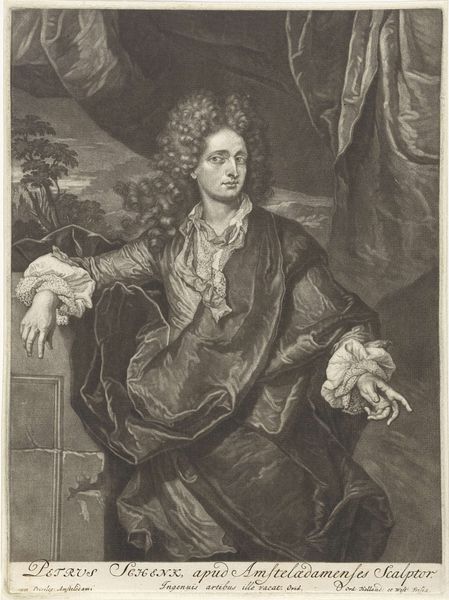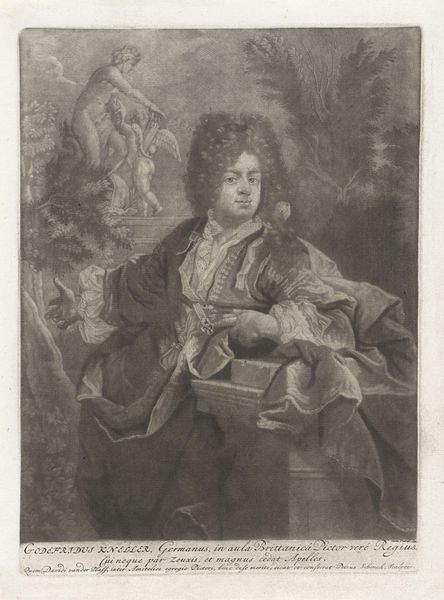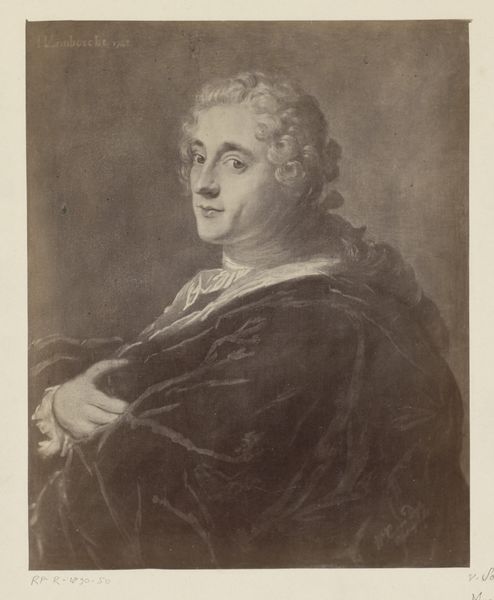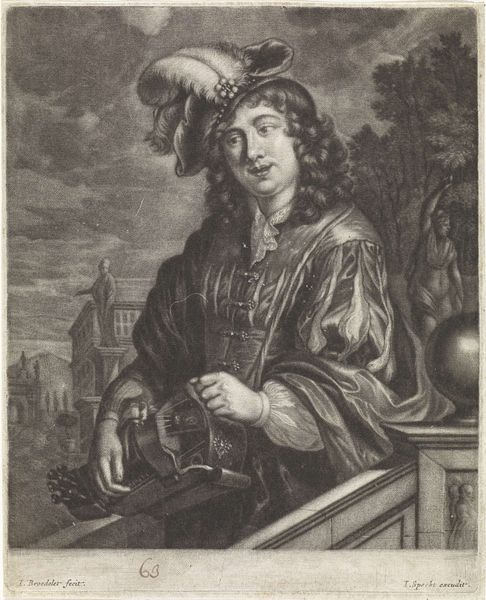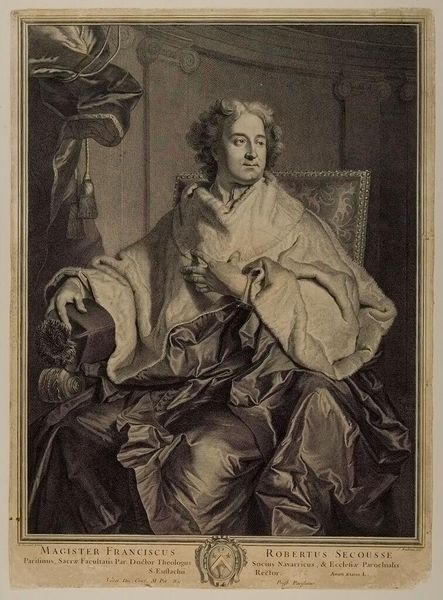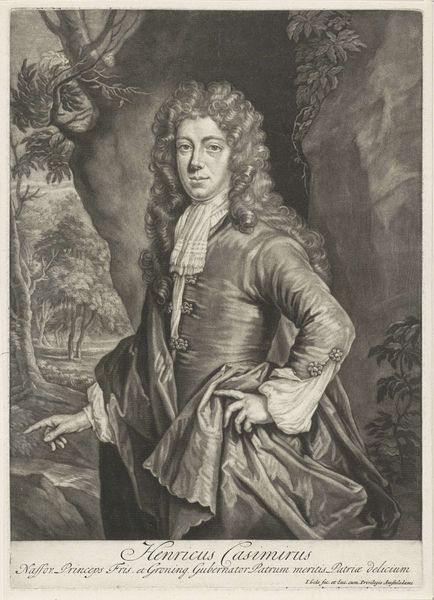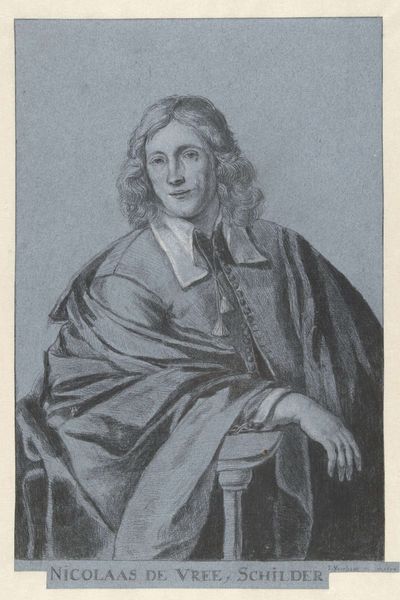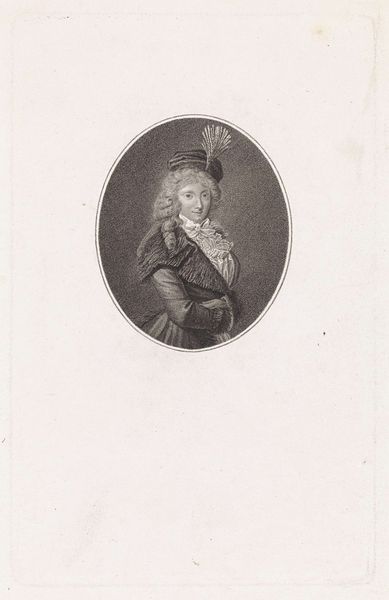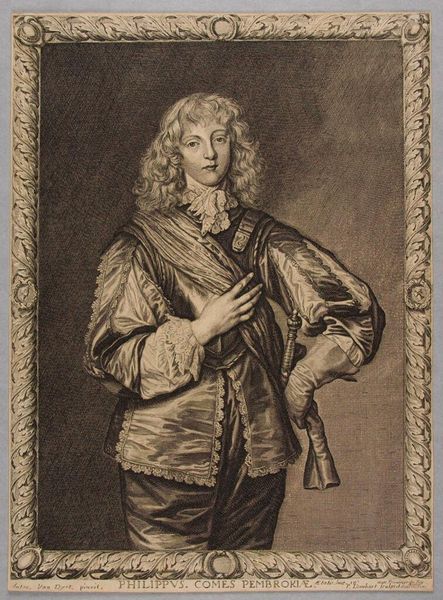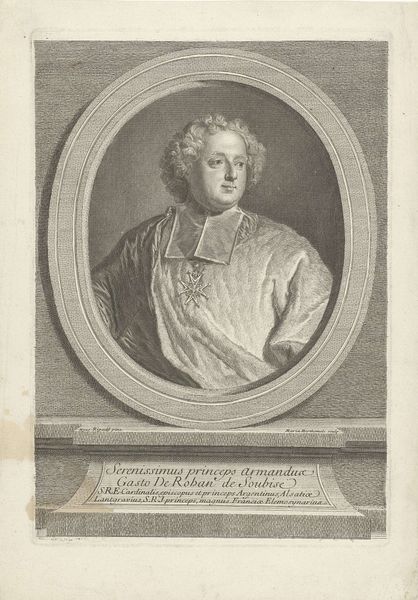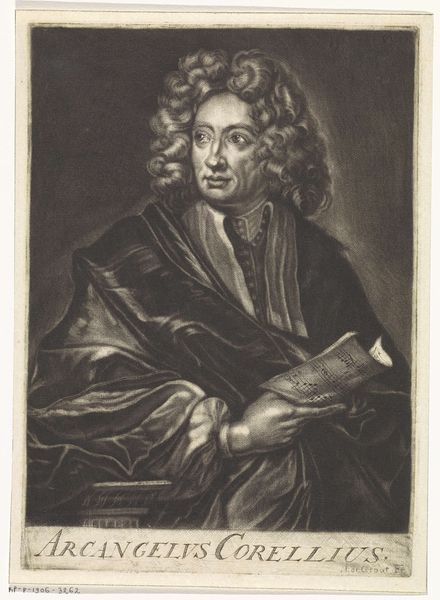
engraving
#
portrait
#
baroque
#
history-painting
#
nude
#
engraving
Dimensions: height 217 mm, width 168 mm
Copyright: Rijks Museum: Open Domain
Curator: What strikes me first is the texture of the light. This engraving, dating back to the late 17th century, shows a dramatic and emotional moment. We're looking at "Death of Lucretia" by Jan van Troyen, currently held at the Rijksmuseum. What do you make of it? Editor: Oh, it's heavy, isn't it? Somber, yet theatrical, like a tragic opera frozen in time. There's this stark contrast – the softness of her skin against the cold, hard steel of the blade. You can almost feel the weight of her despair hanging in the air. Curator: Indeed. Troyen masterfully captures Lucretia's torment. It's a quintessential example of baroque drama, playing on our collective cultural memory. Look at her gaze—eyes lifted toward the heavens, conveying a sense of resignation and appeal to higher judgment. She is choosing death over dishonor after being assaulted, an act resonating deeply within Roman ideals. Editor: And that fur stole is so unexpected! It feels luxurious, almost decadent, placed right beside this stark act of self-destruction. It’s a visual paradox. Like, "Yes, I'm ending it all, but I will do so with impeccable style, darling." A touch of dark humor, perhaps? Curator: I wouldn't interpret it as humor. But I do appreciate your perception! This detail is included, as is common within Baroque depictions, as a means of symbolizing both her noble status and also to provide contrasting texture against her bare skin. The very composition suggests layers of meaning—her personal tragedy against a backdrop of societal expectations and virtues. Editor: Right. Layers and layers, all rendered with this meticulous, almost obsessive detail typical of engravings. You can practically count every single line and dot! It feels so… deliberate. Did it pack the same punch in its day, I wonder? Curator: Absolutely. Lucretia's story was well-known and a moral example for centuries. Artists visualized the narrative of sacrifice in different ways over the course of history and within unique cultural frameworks. And seeing it immortalized like this probably served as a stark reminder of honor, virtue, and consequence for its intended audience. Editor: Makes you think about how narratives persist and morph through time. What one generation values, another questions, reimagines. Curator: Precisely. And through art, like this engraving, we gain glimpses into those shifting values. I appreciate having a new understanding of Jan van Troyen's perspective. Editor: Yeah, even tragic figures deserve their close-ups. It humanizes them somehow, even across the centuries.
Comments
No comments
Be the first to comment and join the conversation on the ultimate creative platform.

